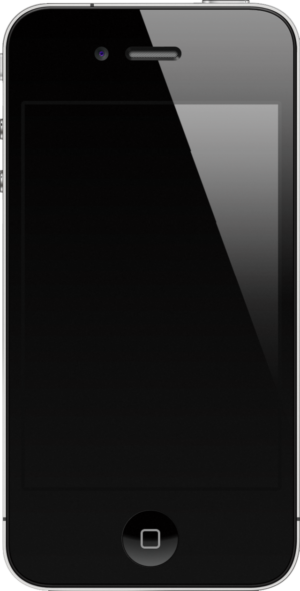iPhone 4 Specifications and Features
General Information:
- Announcement Date: June 7, 2010
- Release Date: June 24, 2010
- Operating System: iOS 4 (upgradable to iOS 7.1.2)
Body:
- Dimensions: 115.2 mm x 58.6 mm x 9.3 mm (4.5 inches x 2.31 inches x 0.37 inches)
- Weight: 137 grams (4.8 ounces)
- Build: Front and back glass, stainless steel frame
- SIM: Micro-SIM
Display:
- Type: Retina IPS LCD, capacitive touchscreen, 16M colors
- Size: 3.5 inches
- Resolution: 960 x 640 pixels (~330 ppi density)
- Protection: Corning Gorilla Glass, oleophobic coating
Hardware:
- Chipset: Apple A4
- CPU: 1.0 GHz Cortex-A8
- GPU: PowerVR SGX535
- Internal Storage: 8GB, 16GB, and 32GB variants
- RAM: 512 MB
Camera:
- Primary (Rear) Camera: 5 MP, f/2.8, LED flash, HDR (iOS 4.1 and later)
- Video: 720p@30fps
- Secondary (Front) Camera: VGA, videocalling over Wi-Fi only
Sound:
- Loudspeaker: Yes
- 3.5mm Jack: Yes
Connectivity:
- WLAN: Wi-Fi 802.11 b/g/n (n 2.4GHz only)
- Bluetooth: 2.1, A2DP
- GPS: Yes, with A-GPS
- Radio: No
- USB: 2.0, proprietary reversible connector
Features:
- Sensors: Accelerometer, gyro, proximity, compass
Battery:
- Type: Non-removable Li-Po 1420 mAh battery
- Talk Time: Up to 14 hours (2G) / Up to 7 hours (3G)
- Stand-by Time: Up to 300 hours
- Music Play: Up to 40 hours
Miscellaneous:
- Colors: Black, White
The iPhone 4 was a significant upgrade from its predecessor, the iPhone 3GS. It introduced the Retina display, which doubled the pixel density, making the display much sharper. The design was also revamped, with a flat glass front and back and a stainless steel band that doubled as the phone’s antennas. The iPhone 4 also introduced the FaceTime video calling feature, which became a staple in subsequent iPhone models.
For even more detailed information, you might consider checking out sources like Wikipedia or other dedicated tech history sites.


